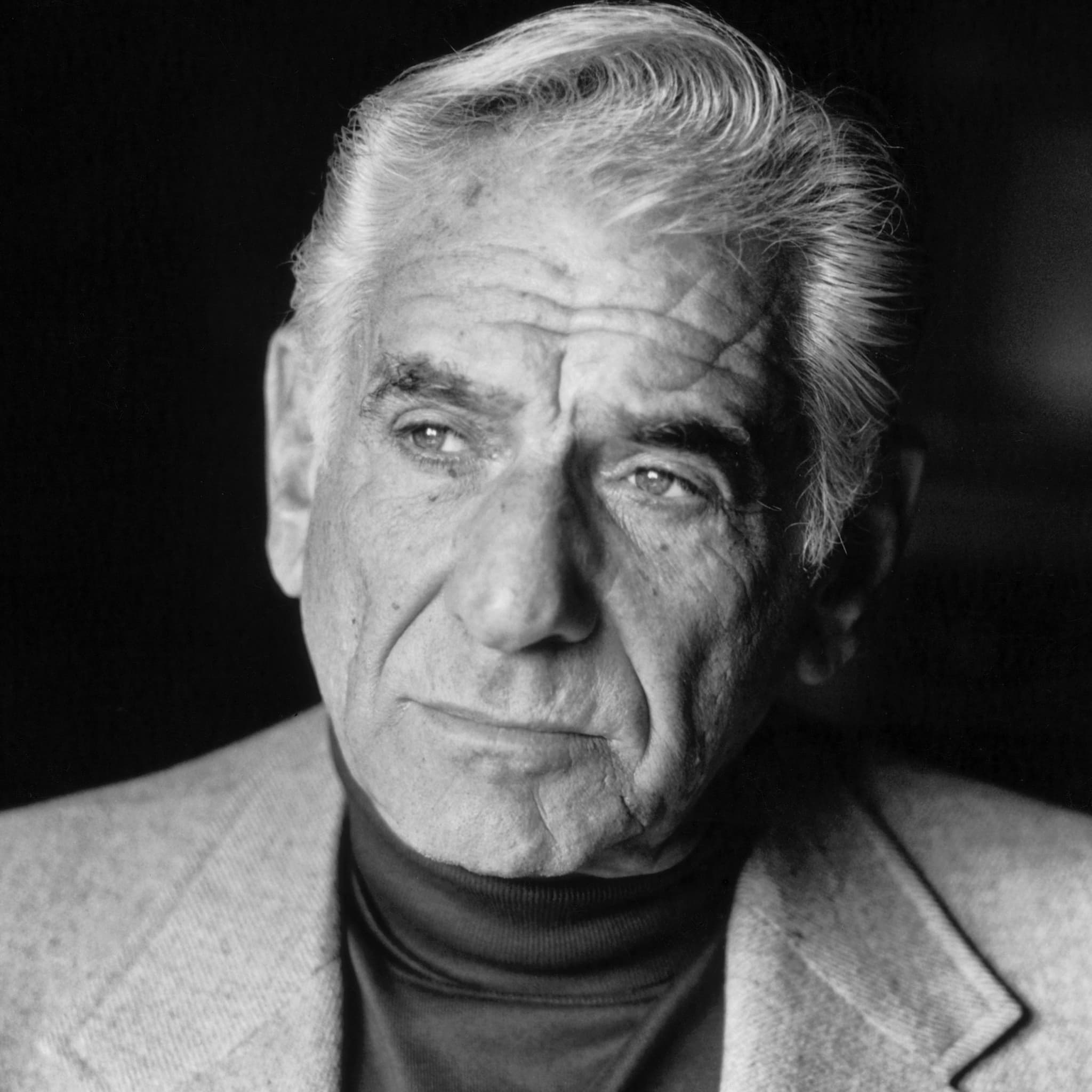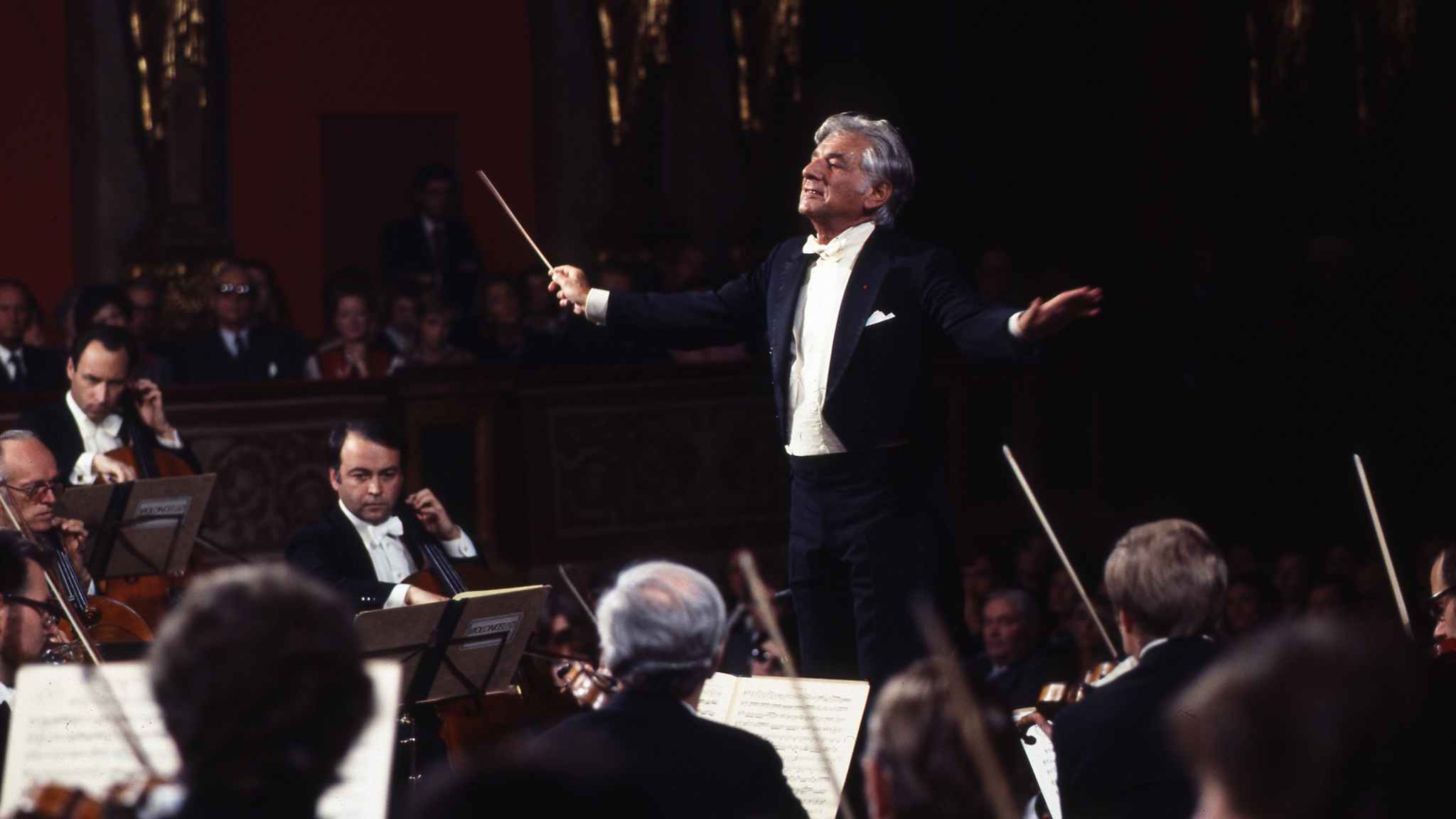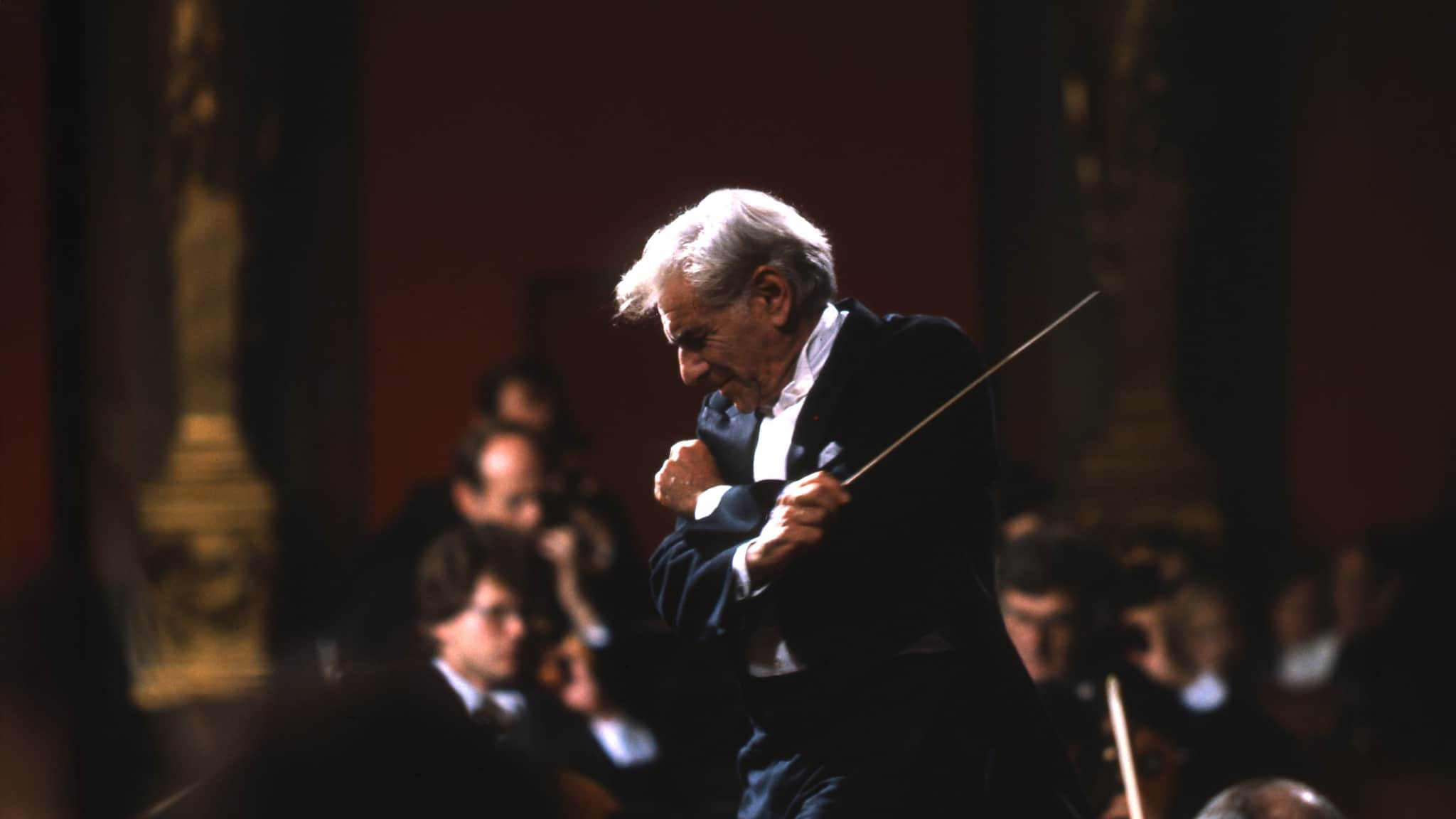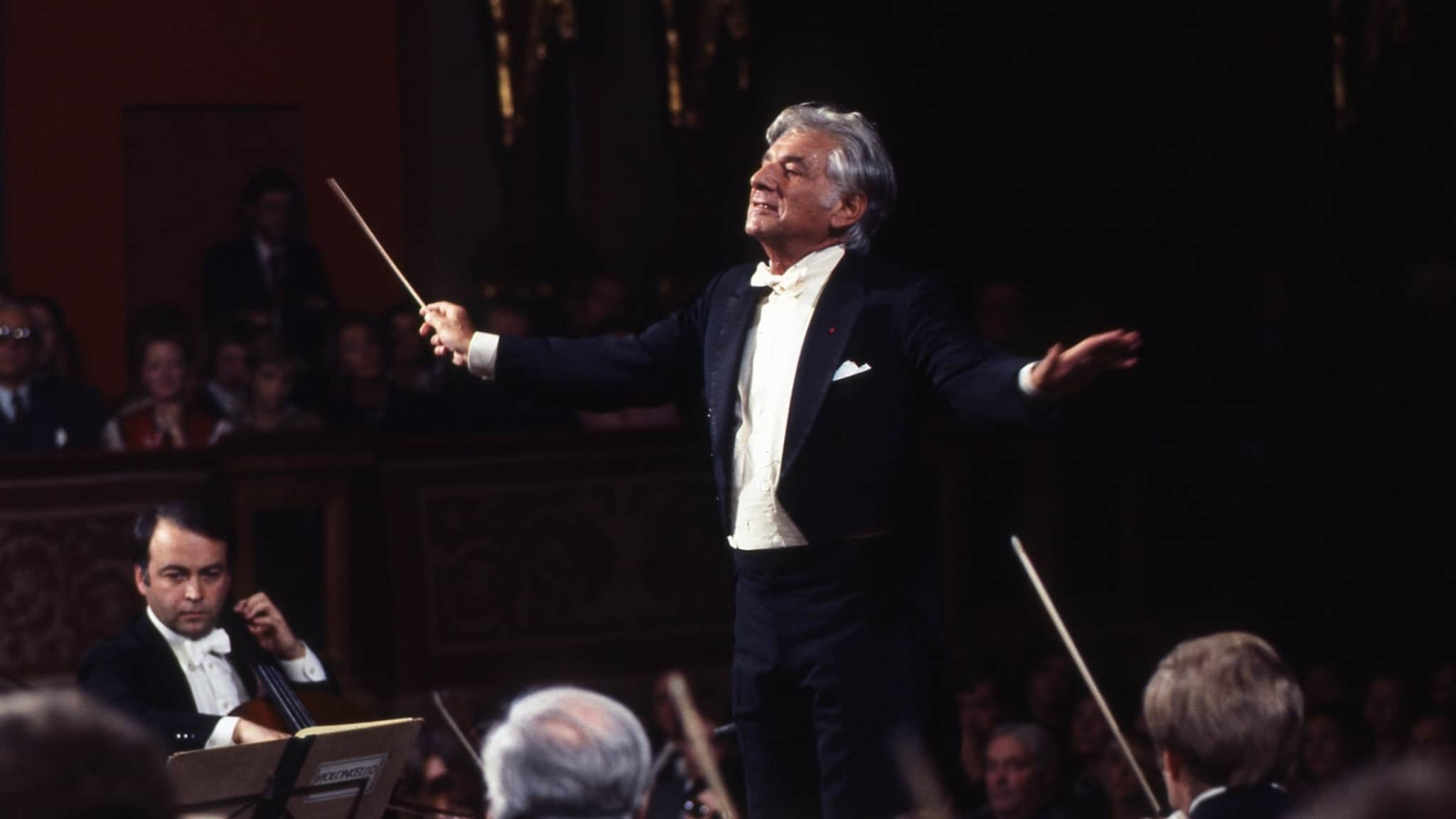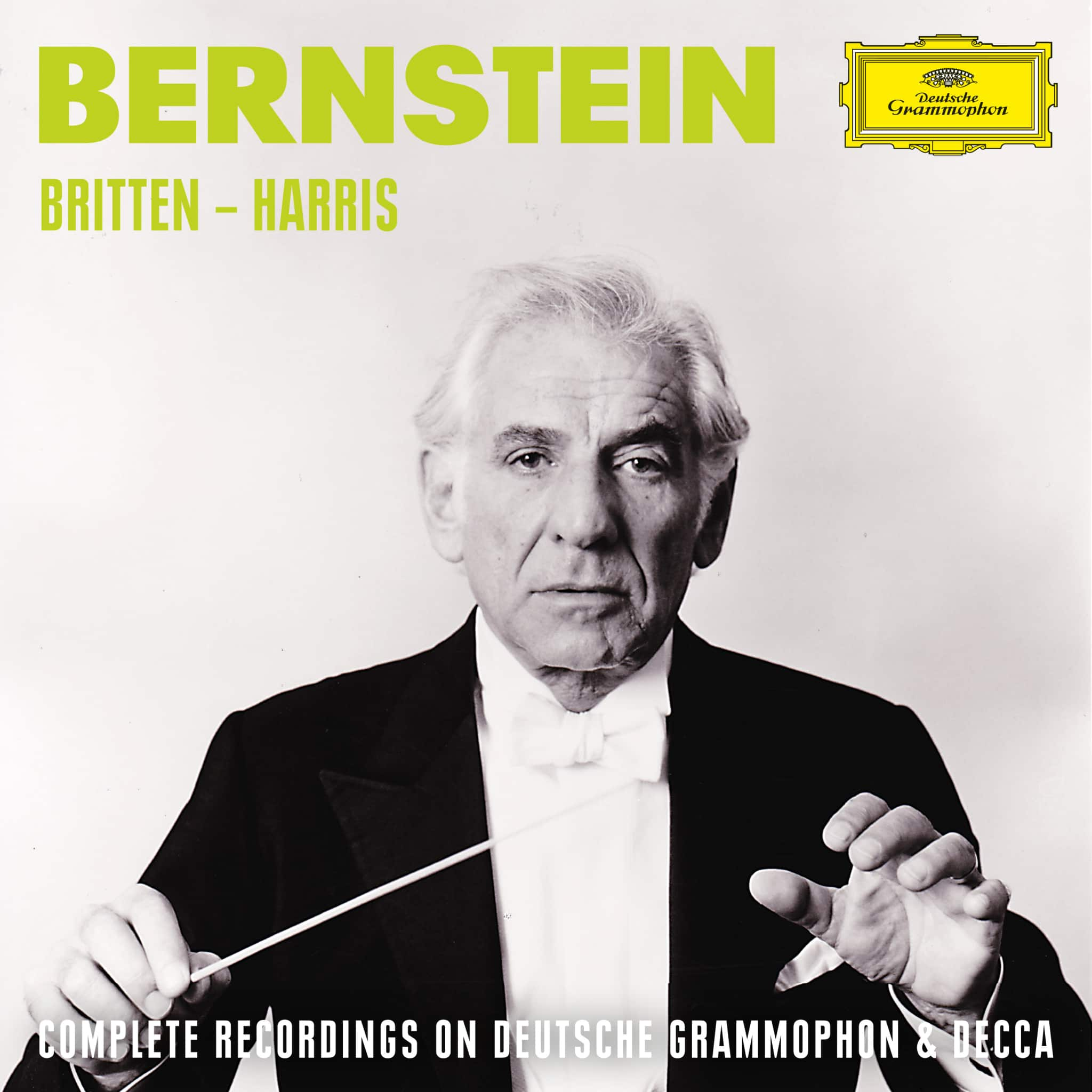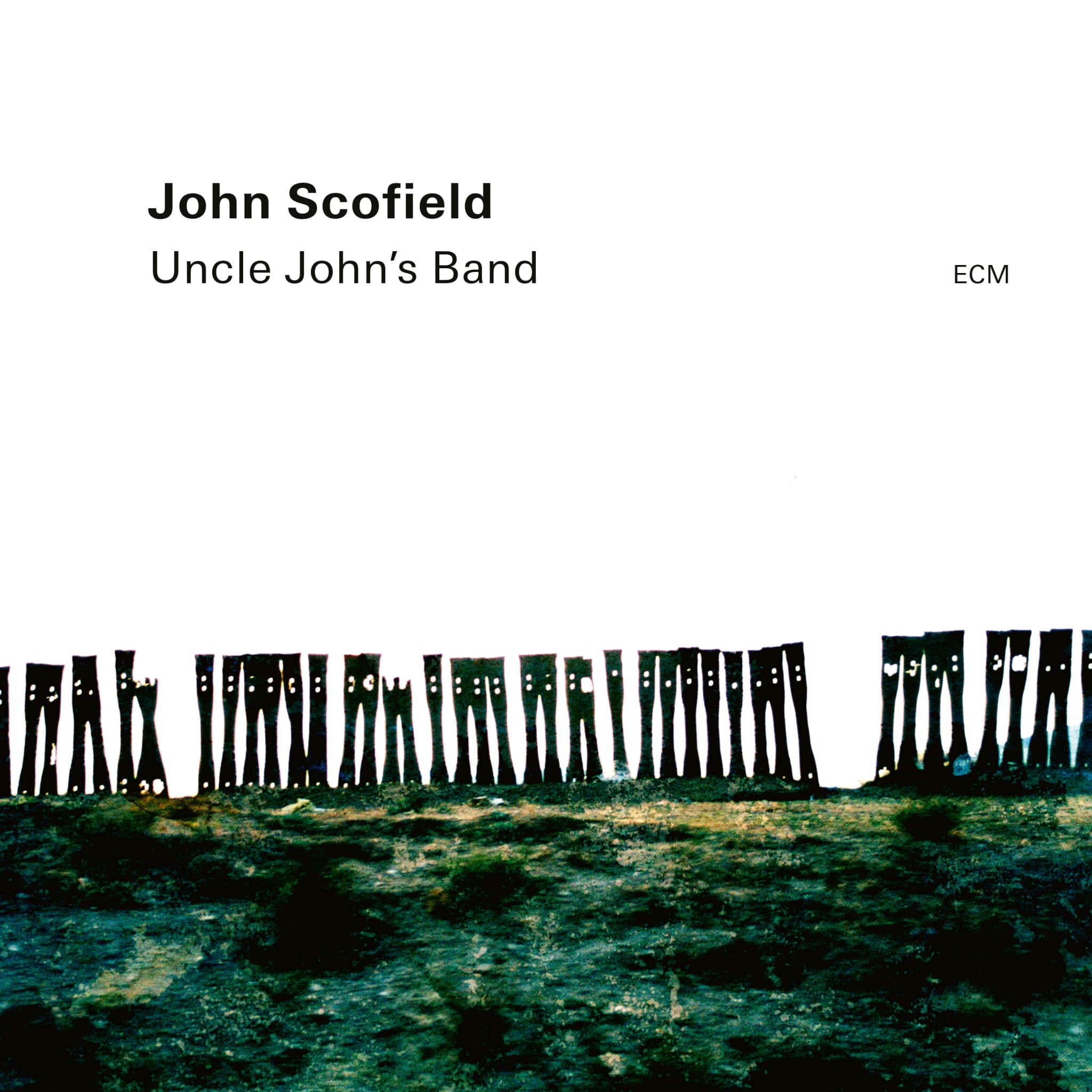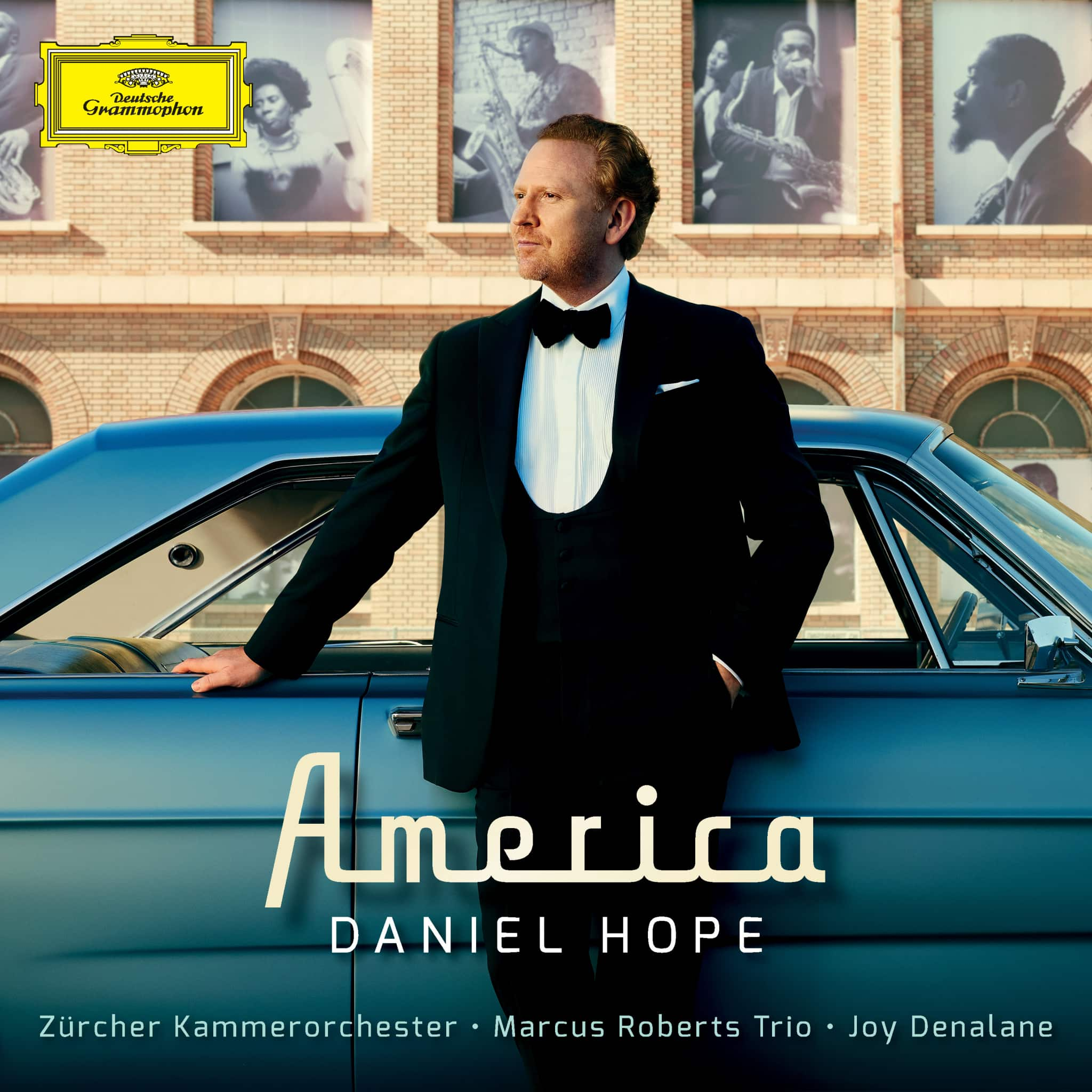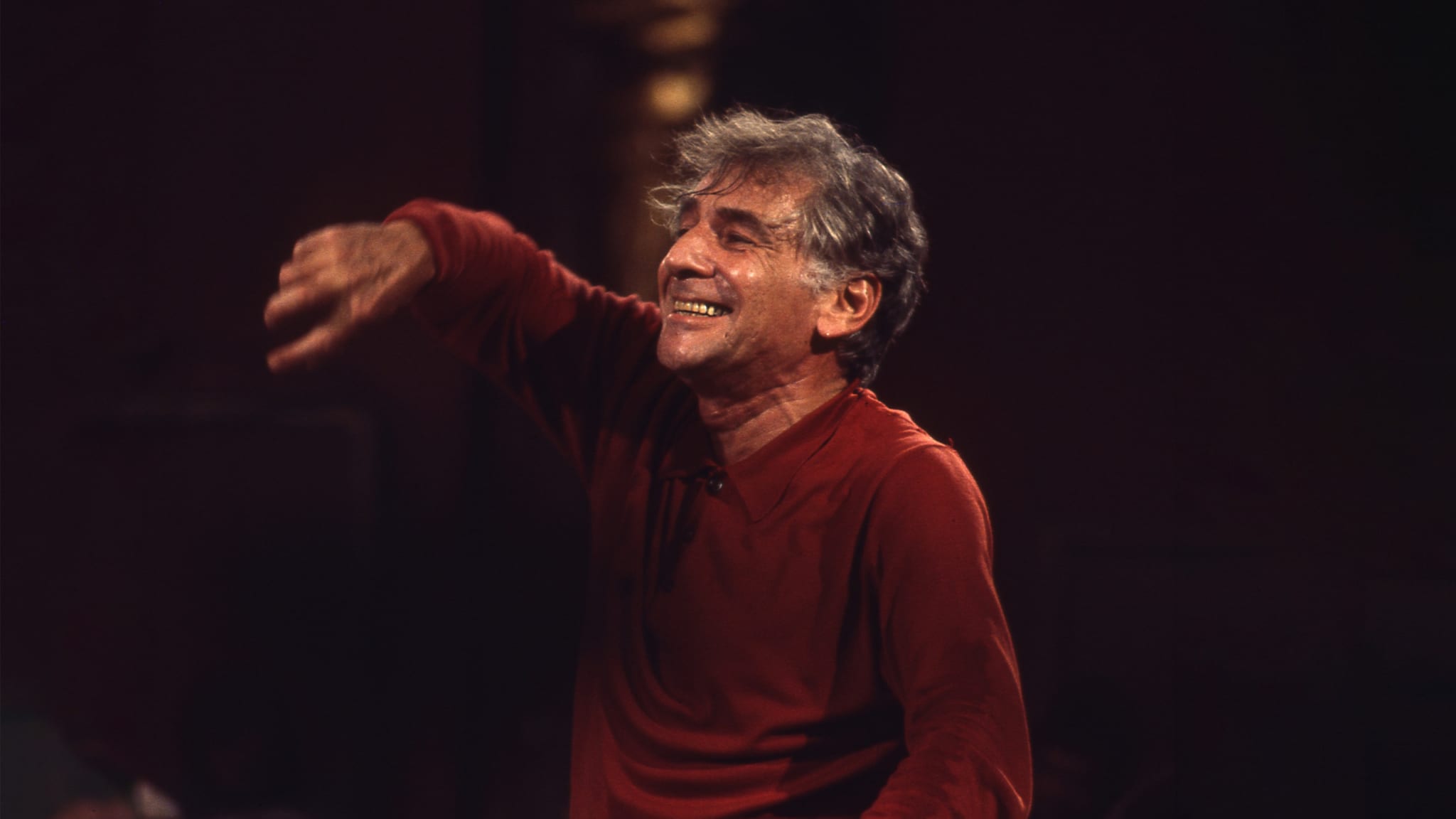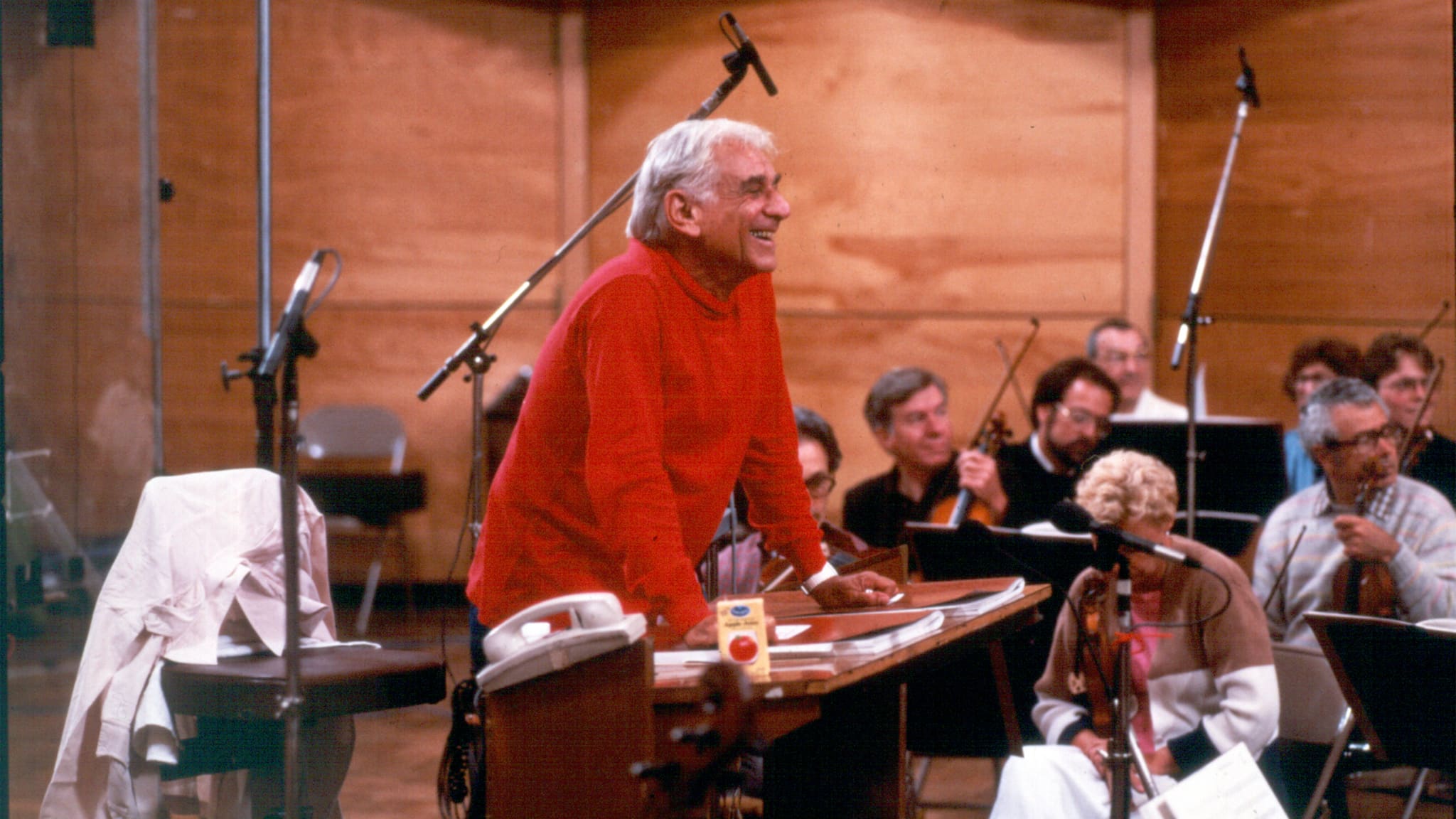Leonard Bernstein: A Famed Conductor Legacy
Mark the ascendancy of a musical maestro, Leonard Bernstein - a coveted conductor, insightful author, formidable composer, and talented pianist, whose remarkable career spans almost half a century. From his humble beginnings in Massachusetts in 1918 to gaining international acclaim, Bernstein's journey is deeply rooted in passion and excellence.
Bernstein's Profound Impact on Classical Music
Leonard Bernstein stands as one of the most influential and versatile musical figures of the 20th century—a composer, conductor, pianist, educator, and humanitarian whose impact on both classical and popular music remains profound. His career was marked by numerous historic performances, landmark recordings, and an inspiring commitment to musical education and advocacy.
The Illustrious Career of Leonard Bernstein
His intensive formative years were spent sharpening his skills at Harvard University, The Curtis Institute, and Tanglewood under the expert guidance of Fritz Reiner, Randall Thompson, Isabelle Vengerova, and Serge Koussevitzky. Bernstein's big break arrived when he filled in for Bruno Walter in a concert with the New York Philharmonic in 1943, marking the historic beginning of his love affair with the symphony. He was the first American-born Music Director of the orchestra - a testament to his undying commitment and prowess in the field. Further enriching his career, he served as Music Director of the New York City Symphony and was a Professor of Music at Brandeis University.
Bernstein's Pivotal Role in Reviving Mahler's Works
Bernstein conducted leading orchestras worldwide, forging close relationships with the Israel Philharmonic, London Symphony Orchestra, and the Vienna Philharmonic. His repertoire spanned the Romantic to the contemporary, with a particular dedication to Mahler, whom he helped bring to the forefront of 20th-century orchestral repertoire. He championed American composers and was known for dynamic, revelatory performances that often included piano concertos directed from the keyboard.
Leonard Bernstein's Conducting at Major Orchestras
Internationally, Bernstein held the baton for major orchestras and opera companies, earning him instant national fame and invitations to conduct globally. His recorded legacy includes definitive interpretations with top ensembles and soloists.
Bernstein's Unique Blend of Classical and Popular Music Genres
Bernstein's influence extended beyond classical music, into popular music and Broadway, exemplifying his versatility as a musician. His compositions, educational impact, awards, and legacy are well-documented, further cementing his status as a pivotal figure in 20th-century music.
